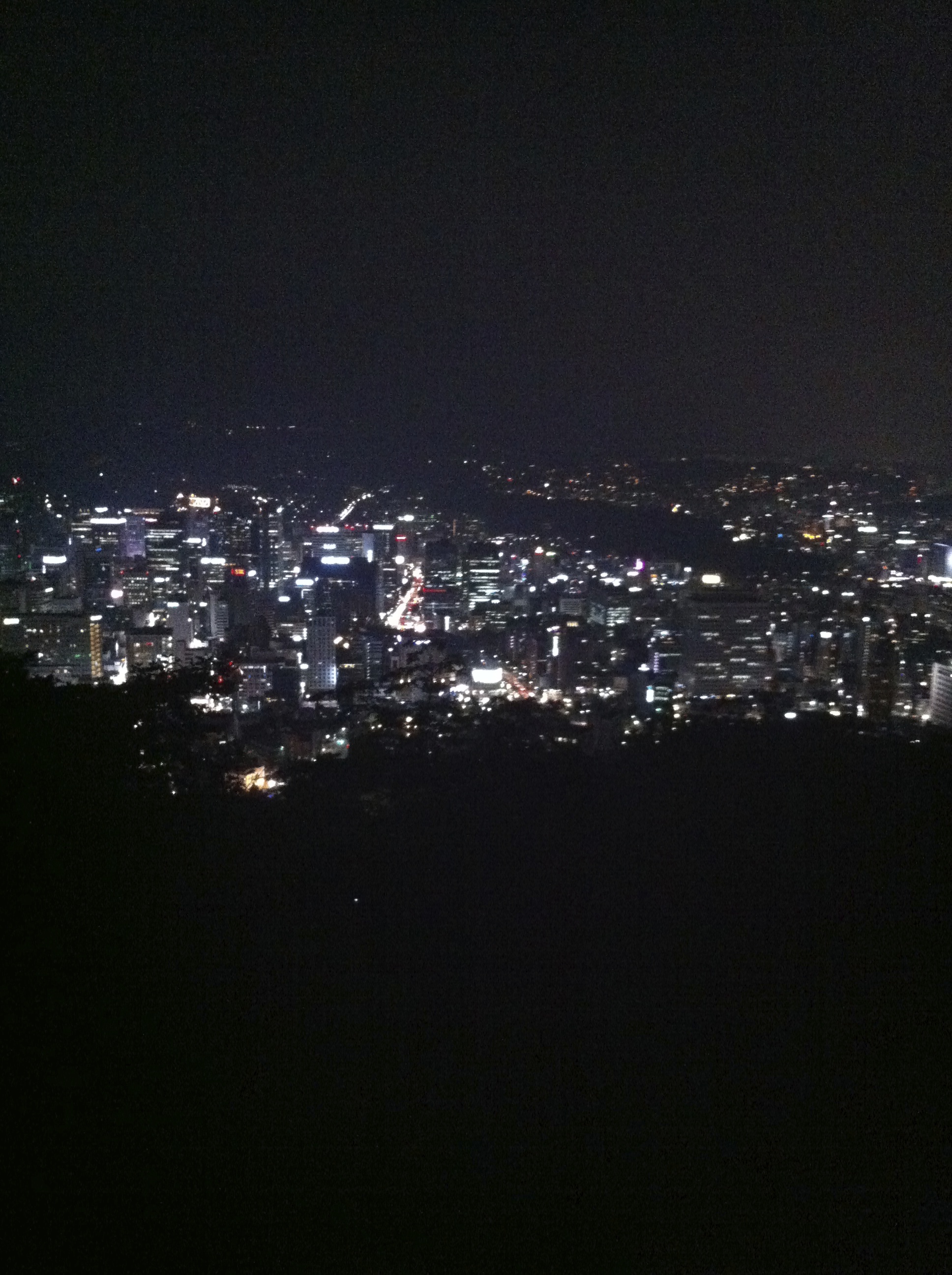
Uploaded on 2016-08-23 by YouRee Park
1. Miami (+17), New Orleans (+16), Philadelphia (+21), DC (+21), Boston (+15), New York (+20) 2. I am residing in Amsterdam, however am a Korea and currently spending my summer visiting my family in Seoul of South Korea. I would like to discuss the conditions observed in Seoul, as it shows a more prominent instance of UHI. At this time of the year between the middle of July and Middle of August, Seoul experiences an intense heat island effect. It was reported just three days ago that the next few days will be reaching up to 36 C, however already in the middle of the city, it reached 41 C. The reported difference between the rural areas are about 10-12 C in 2014. We live in a highly dense environment, filled with 30-50 story apartment complexes as you can see in the photo uploaded. The main contributor of this is due to the over congested roads filled with cars, economy based on the production and manufacturing industries, and most notably a lifestyle that is heavily dependent on air-conditioners. There are growing incentives to implement city bikes, but the bike paths are limited and very difficult to use at a daily basis. Seoul does not necessarily have a rural part of the city, although about an hour drive away, there is Gyeong-gi do, which is the closest rural city. The mountains, the harvesting fields and river have been left intact as they have an agricultural industry there. 3.Instead of continuous expansion and construction of new buildings and apartments, I would like to recommend a reconstruction and reuse and revitalize under developed, marginal parts of the city. To complement the strong strength of the sun, solar panels need to be actively integrated into the buildings. IoT buildings need to be implemented in order to regulate the energy and water usage in the buildings. The pedestrian roads have high radiation exposure and are way too warm even to walk on. Therefore they need to be shielded somehow, for example with an extended balcony of the adjacent buildings, or perhaps with sheets hanging from the top of one building to the top of the building on the other side of the road as a temporary solution. More water fountains and water integrated public areas is also necessary to hydrate and cool the city. Welcoming public areas in libraries, underground subway stations, malls, and city centres need to be developed as many leave their homes in search for a cooler space to spend the hottest time of the day. 4. There are some no-car street policies in certain zones and there are also hight limits to the buildings in parts of the Jong-no district. Although this may not have a green purpose initially, an output is definitely a reduced level of CO2s and waste, as the nature in this area is preserved. There are some incentives to implement the usage of city bikes as mentioned above, and also numerous trees being planted in public areas. Other than that, there are city centre revitalizations initiatives, which focus on converting/reducing highways and roads into public areas to turn the city into a more green and people-friendly place. In 2011, for example, there was a demolition of an elevated high way that ran through the city centre. This revealed the river CheonggaeChun, which remained uncared for under the highway until then. The 4-lane highway that was central to the logistics of Seoul was brought down with much controversy, but with public support, it was carried on successively. Now, there is an increase of animal species in the river area, along with a 5.6 F degrees lower temperature compared to the surrounding.